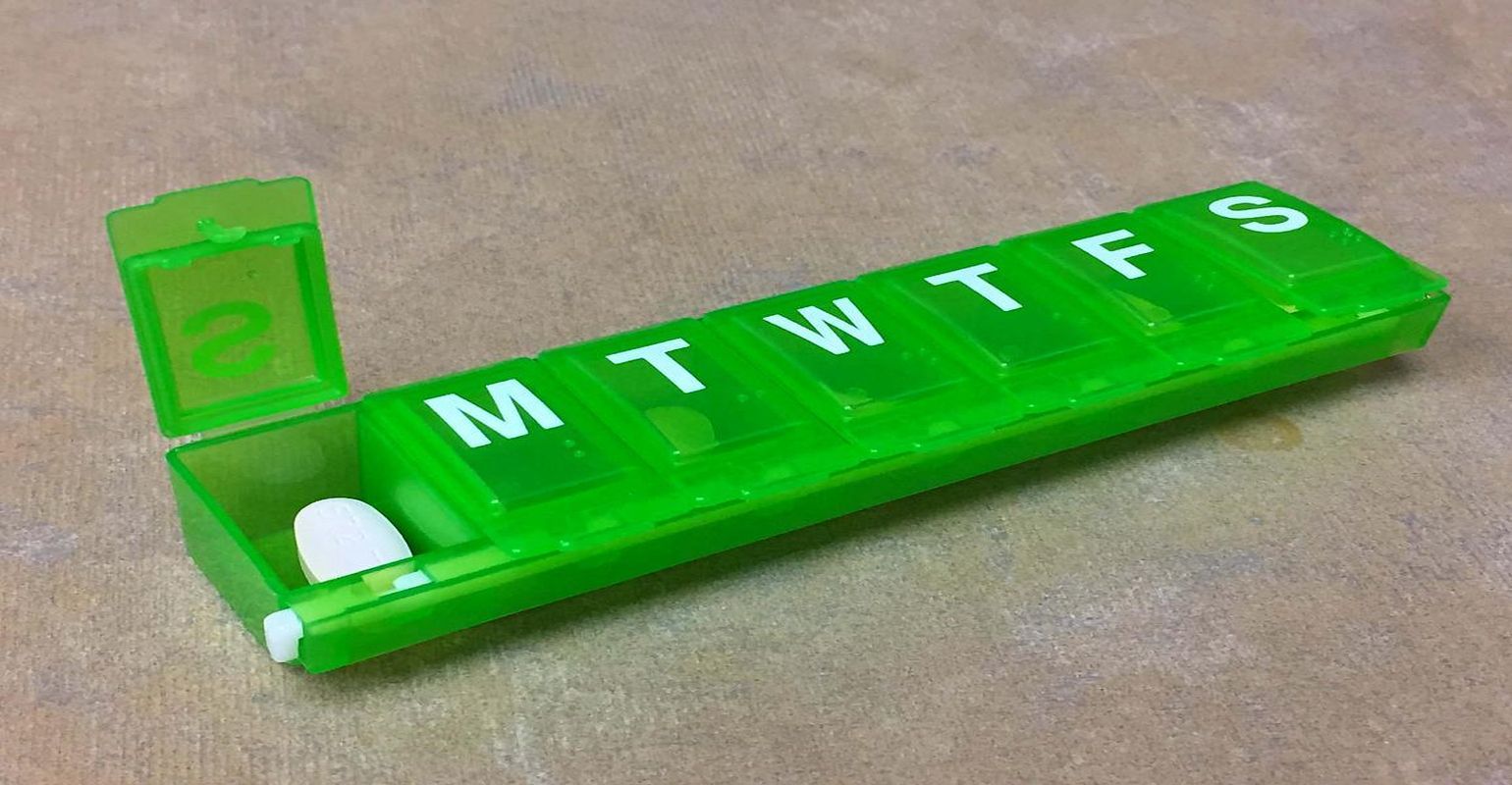NIH Trial Evaluates Long-acting HIV Medication for Those Unable to Adhere to Strict Daily Regimen

A clinical trial to evaluate long-acting antiretroviral therapy (ART) for maintaining HIV suppression in people for whom adhering to conventional daily oral ART has been a challenge has begun at research sites across the United States. The study, called Long-Acting Therapy to Improve Treatment Success in Daily Life, or LATITUDE, will help determine whether a combination of two experimental injectable formulations of ART are superior to conventional oral ART in managing HIV infection in this population.
LATITUDE is funded by the National Institute of Allergy and Infectious Diseases (NIAID), part of the National Institutes of Health, and is being conducted by the AIDS Clinical Trials Group (ACTG), with additional support from the National Institute of Mental Health, the National Institute on Drug Abuse, ViiV Healthcare and the Janssen Pharmaceutical Companies of Johnson & Johnson.
“Antiretroviral therapy has been transformative in the treatment of HIV. Consistently taking these medications as prescribed helps people to live longer, healthier lives and prevents HIV transmission to sexual partners,” said Anthony S. Fauci, MD, NIAID director. “Unfortunately, for many people who must take any medication regularly, adherence can be difficult, Effective alternative formulations of antiretrovirals, including long-acting injectables, may help people better adapt to HIV treatment.”
LATITUDE (also known as ACTG 5359) will test two experimental, long-acting injections of the antiretroviral drugs rilpivirine (RPV) and cabotegravir (CAB), which will be administered every 4 weeks by a health care professional in a research clinic. Throughout the study, investigators will evaluate volunteers’ viral load-the measure of virus in the blood-and other indicators of immune health to compare the treatment’s effectiveness to that of conventional oral ART.
Up to a quarter of people prescribed conventional ART stop taking the medication for some period. Not taking ART as prescribed is the most common reason people do not achieve durable viral suppression. Many complex factors such as access to health care, economic and housing insecurity and stigma may influence a person’s ability to adhere to a treatment regimen. Long-acting ART formulations may particularly benefit those who cannot or would prefer not to take medication each day or to not keep oral medications in their home or possession.
“Monthly injectable antiretroviral therapy may prove more convenient, discreet and appropriate for some people living with HIV,” said Aadia Rana, MD, associate professor of medicine at the University of Alabama at Birmingham Center for AIDS Research and protocol co-chair of LATITUDE. “Our study aims to help people living with HIV and facing challenges with adherence find a treatment option that meets their health needs and fits into their lives, allowing them to experience the health benefits of becoming durably, virally suppressed.”
LATITUDE will enroll approximately 350 volunteers with documented treatment lapses within the past 18 months. All study participants will begin a daily oral ART regimen and individualized adherence and retention support. Volunteers who become virally suppressed by week 24 will then be randomized to either continue standard-of-care therapy for one year or begin an oral regimen consisting of RPV and CAB for four weeks, followed by long-acting injectable formulations of those drugs every four weeks for 48 weeks. After this 52-week period, participants originally randomized to the standard-of-care arm may cross over to long-acting therapy, and participants originally randomized to the long-acting therapy arm may remain on that regimen for an additional year.
Like many other ART regimens, long-acting CAB and RPV will be delivered in combination to avoid the development of viral resistance against a single drug. This regimen is also under investigation in other clinical trials. Among them, long-acting injectable CAB is currently under investigation as a modality to prevent HIV in the NIAID-supported HPTN 083 and HPTN 084 studies. Since both injectable CAB and RPV can remain in the body for several months, any participant who receives one or more doses of the long-acting injectable medications and needs or wants to discontinue these agents will be included in safety follow-up for an additional year. During this period, they will be prescribed a standard-of-care ART regimen.
“Adhering to daily medication remains a major health care challenge for patients with chronic health conditions,” said Jose Castillo-Mancilla, MD, associate professor of medicine at the University of Colorado School of Medicine, and protocol co-chair of LATITUDE. “The generous volunteers who enroll in this study will help to ensure that more people living with HIV may have effective treatment regimens that work for them.”
LATITUDE is supported by the NIAID grant UM1AI068636. For more information about the trial, please visit ClinicalTrials.gov under study identifier NCT03635788.
Source: National Institutes of Health (NIH)